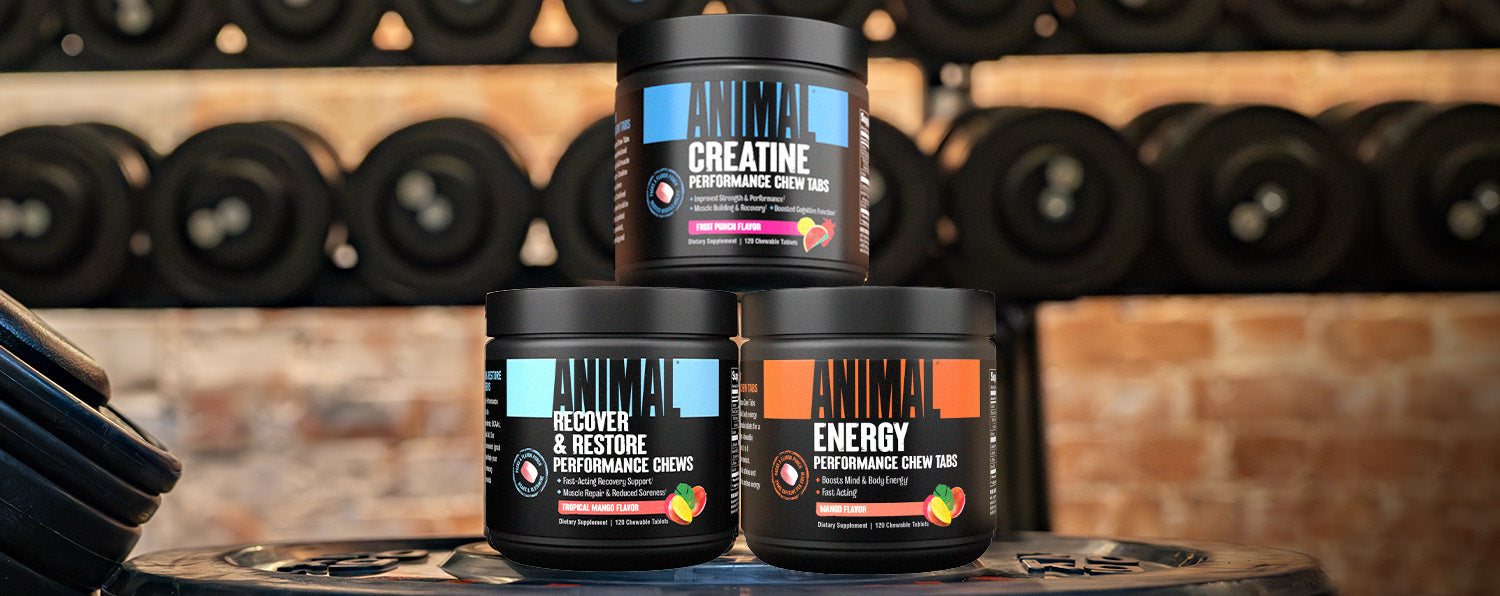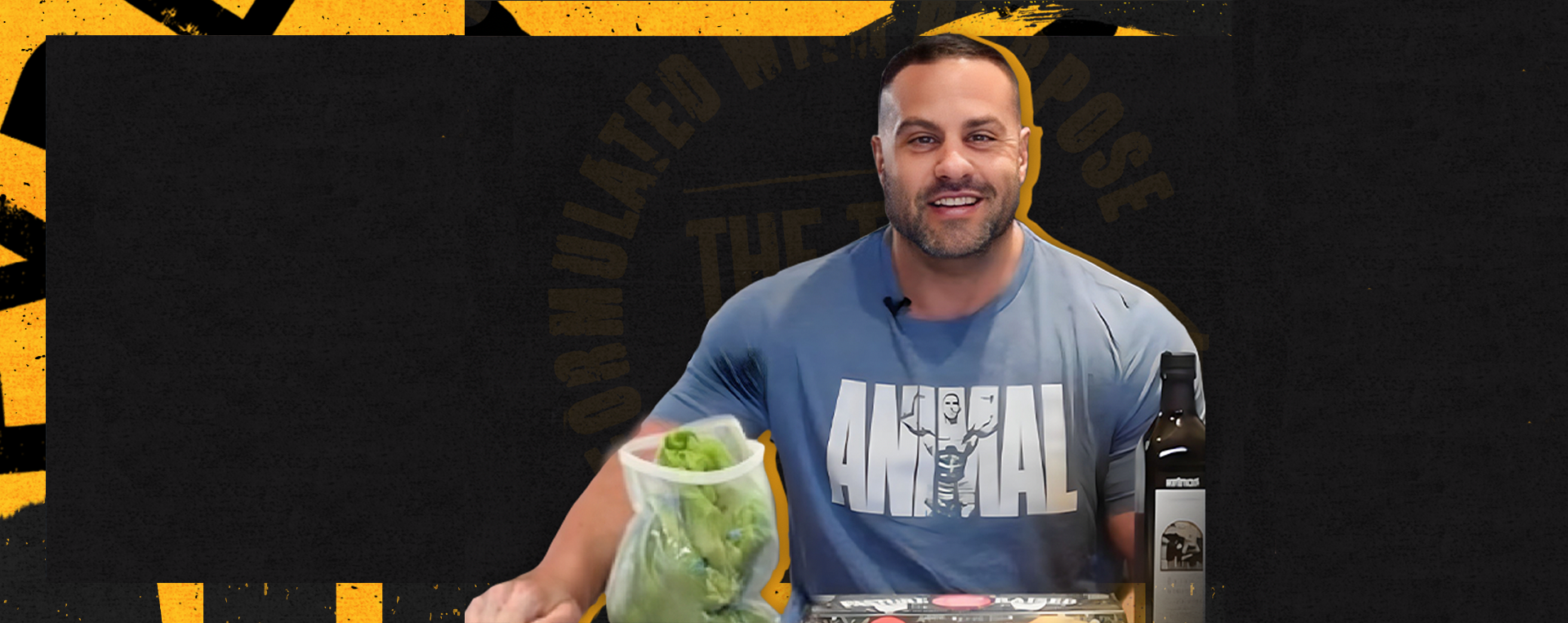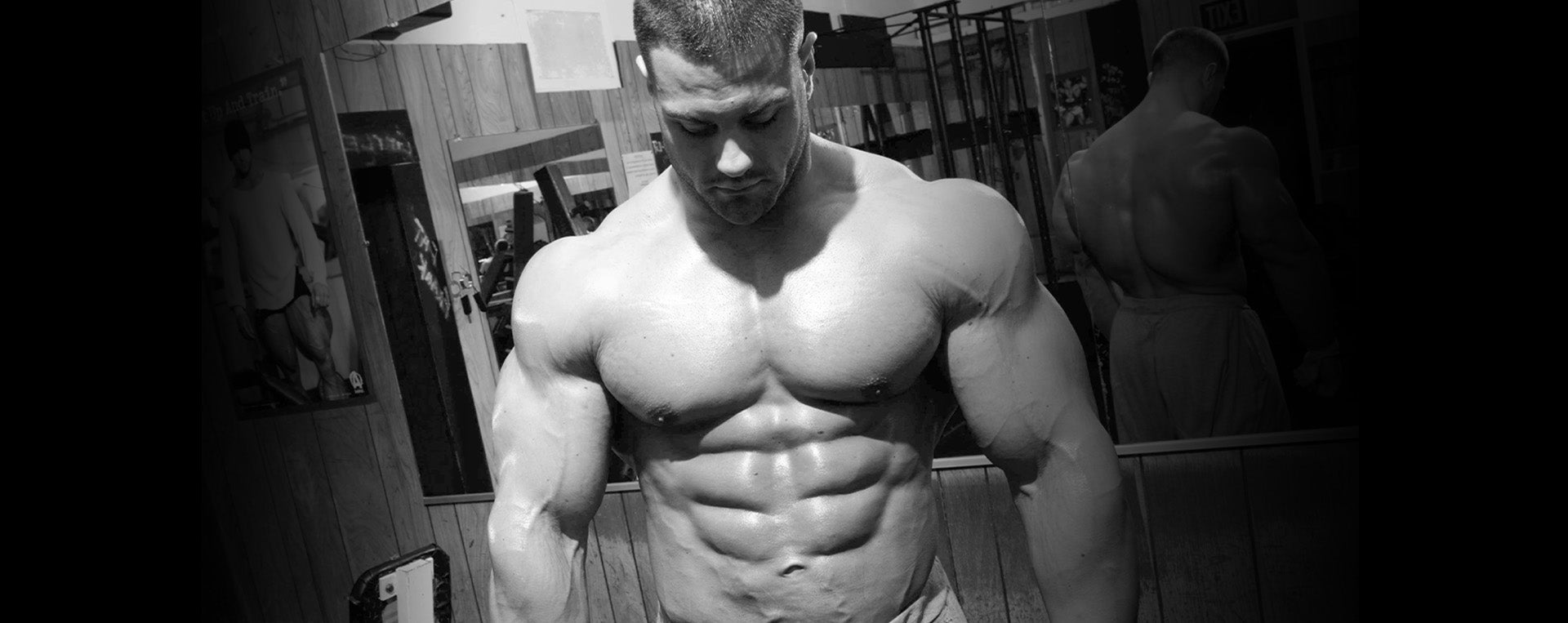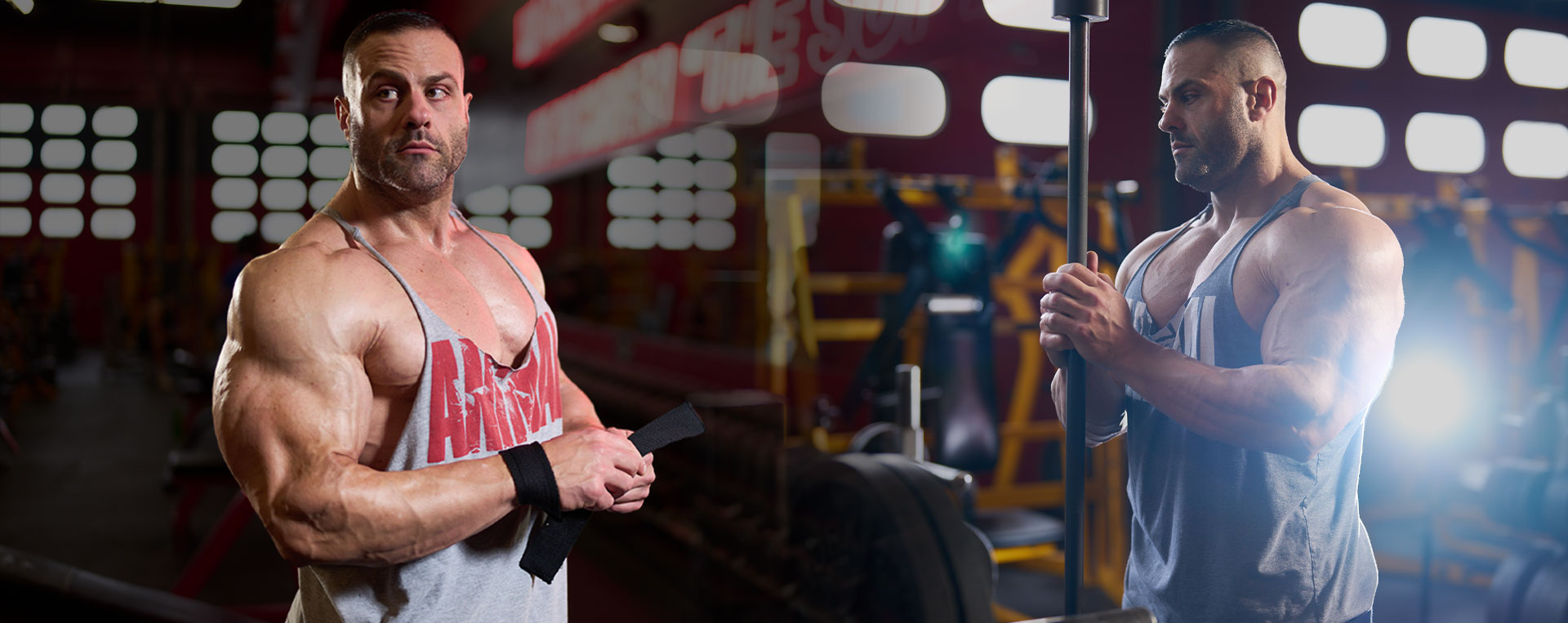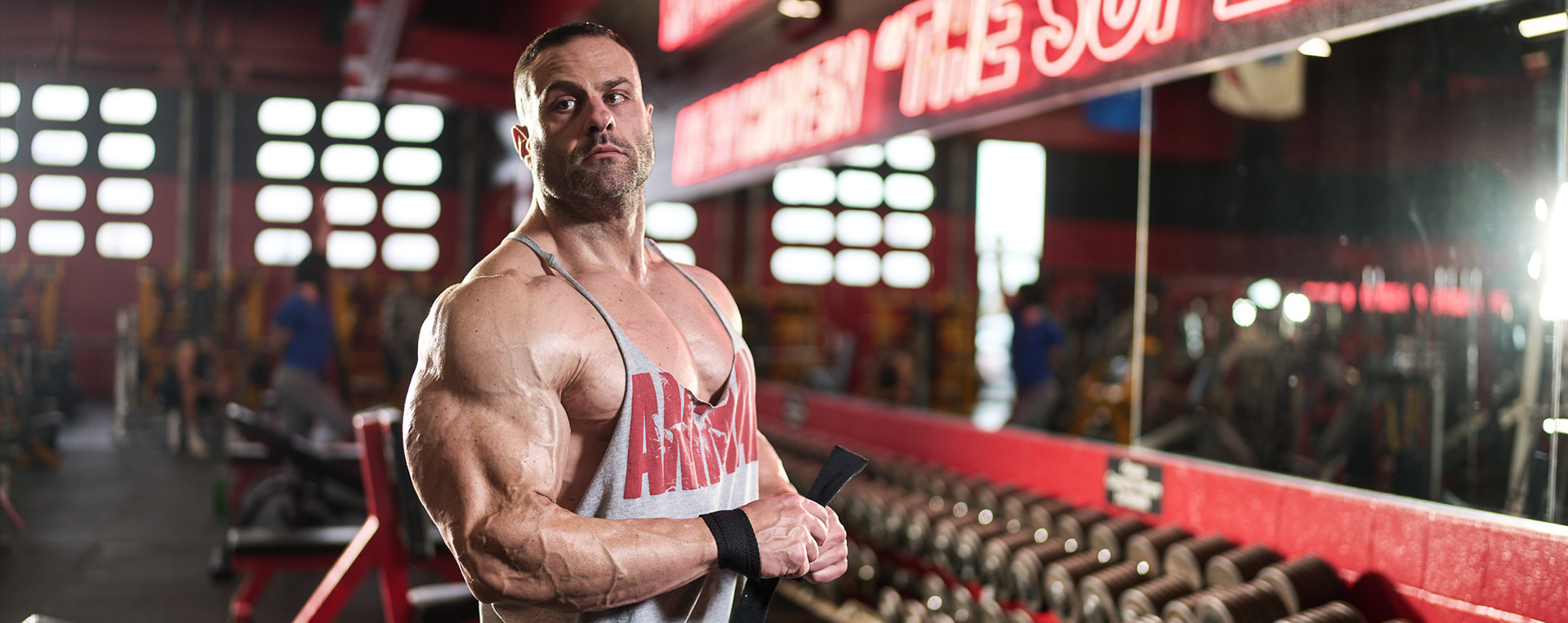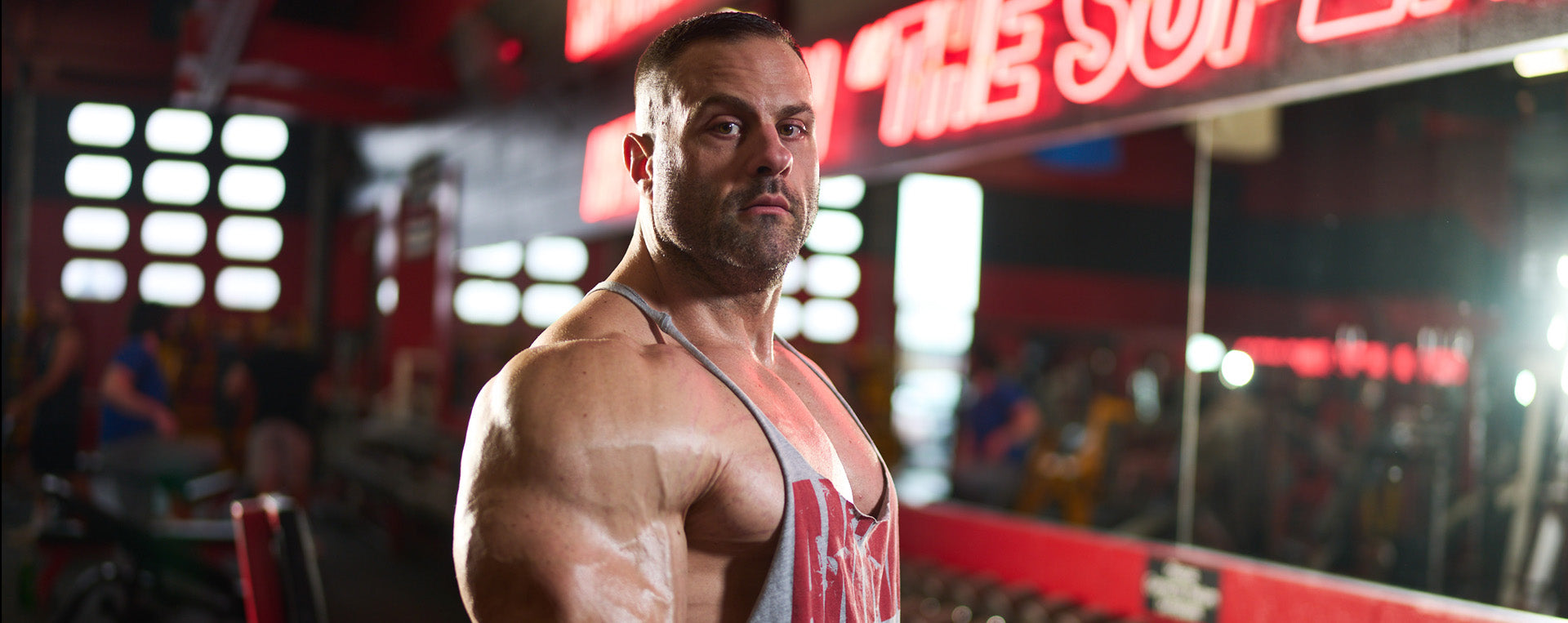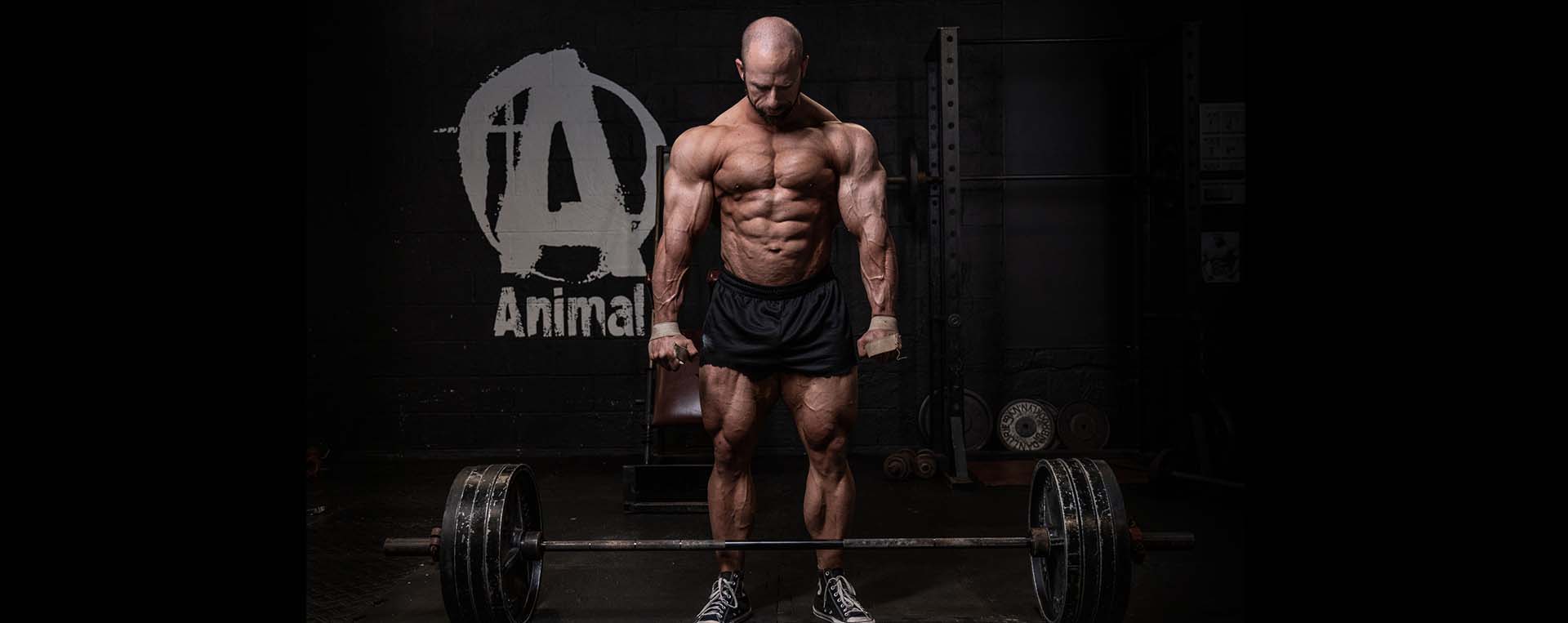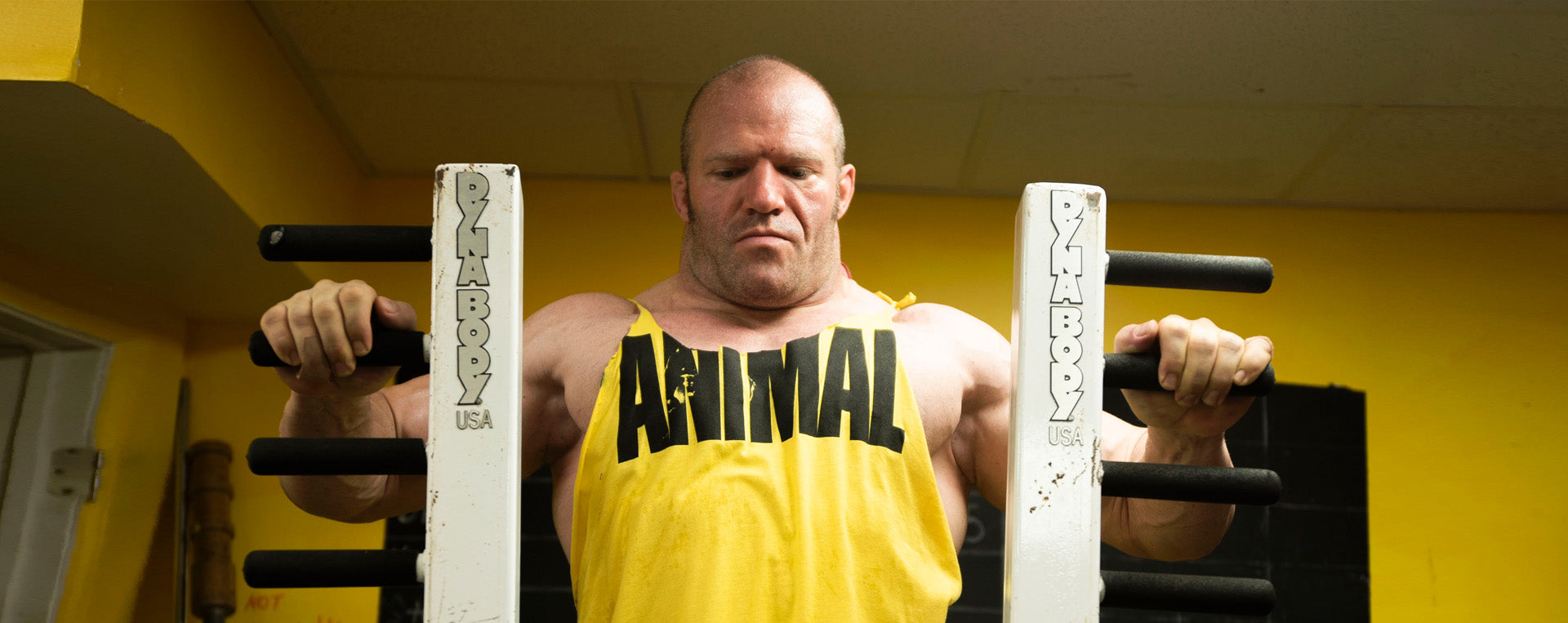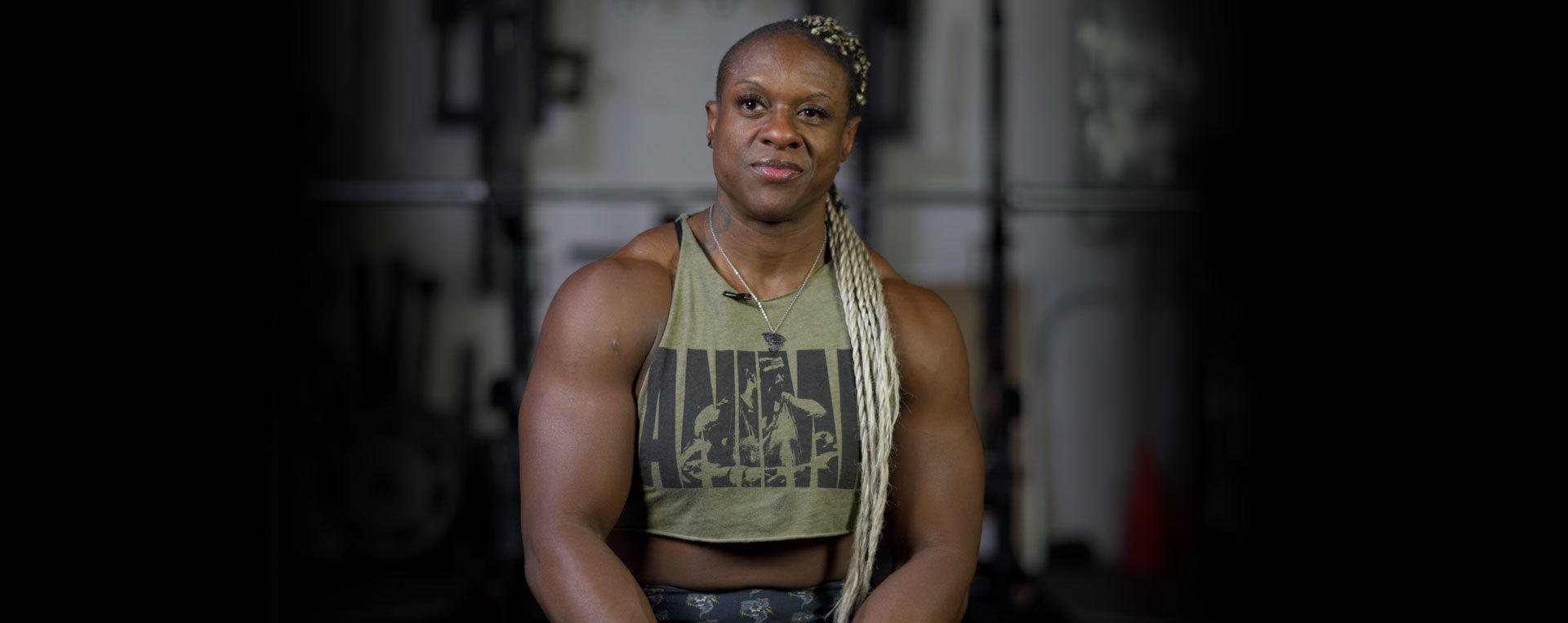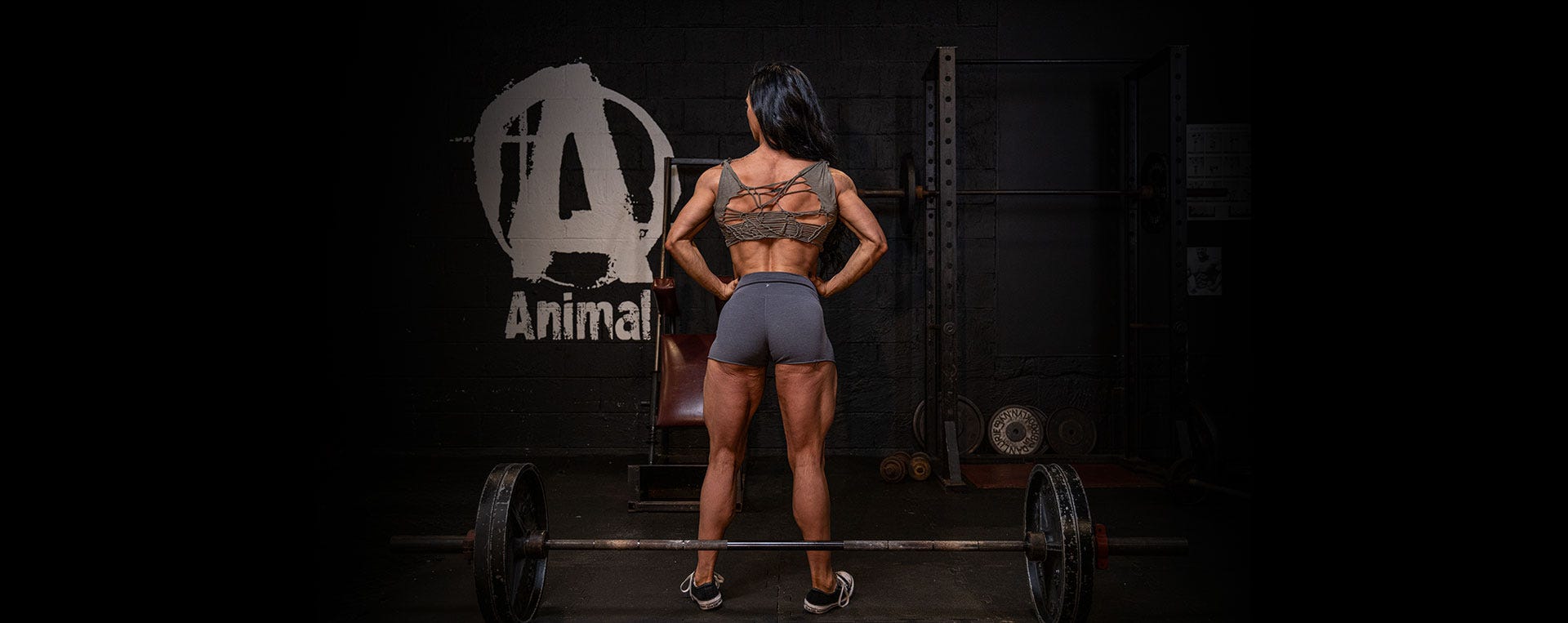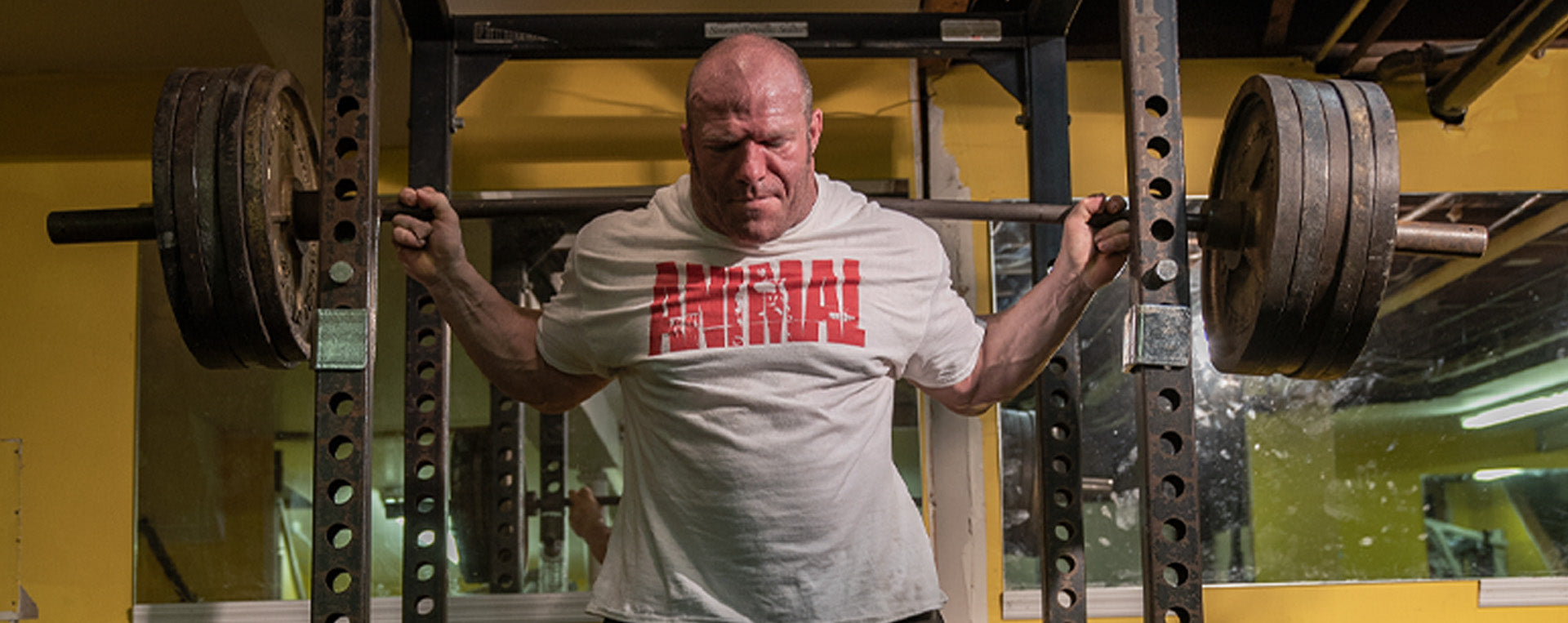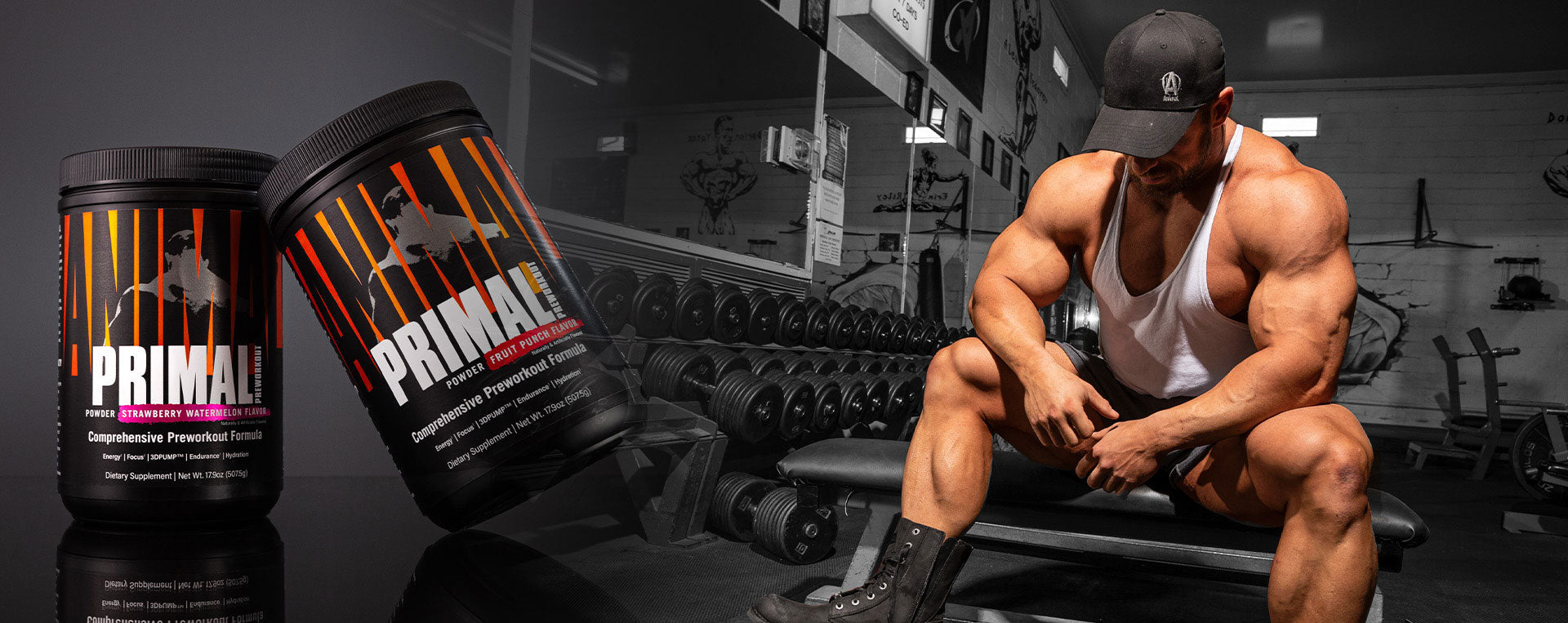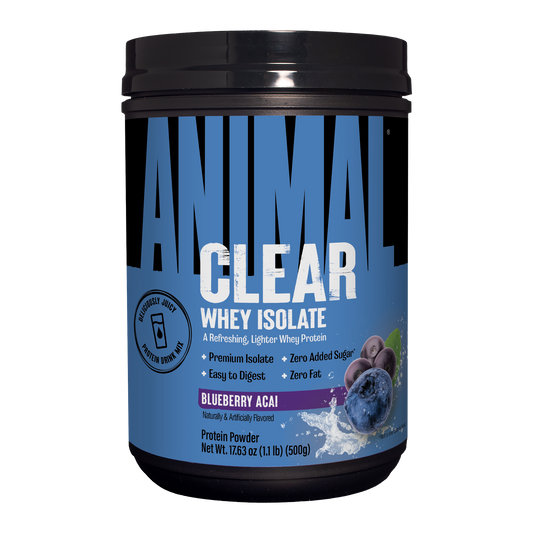You can train with maximum intensity or you can train with high frequency, but you can’t do both. For years, trainees have landed on either side of the debate with some being disciples of the high intensity school and the rest being advocates of increased training frequency. Mike Mentzer and Dorian Yates popularized the idea that maximum intensity and an all-out physical effort is what is needed in order to overload the muscle and force a favorable physical adaptation (size and strength). On the flip side, Lee Haney was famous for his “stimulate, don’t annihilate” approach to training. Ultimately, both approaches have their benefits and their limitations. I believe that either approach can be implemented with success depending on the circumstances and needs of the trainee.
Before we go any further we have to acknowledge that recovery is a key factor in all of this. Essentially, it all comes down to the ability of the trainee to successfully overload himself and do so as often as possible and still recover and progress. If an individual were able to train his entire body to his maximum ability every single day of the week and he were able to fully recover, he could progress at an unbelievable rate. Unfortunately, I don’t know this person. Further, how well would this person’s body hold up to this stress? His tendons and ligaments would no doubt take a beating. Training splits—dividing body parts into scheduled training sessions and taking a certain amount of time between workouts—make sense because they allow for full recovery.
This is the point at which intensity and frequency collide head on. The intensity crowd argues that it’s best to obliterate yourself in your training. Hit it as hard as you can and then allow plenty of time for recovery. Hitting it as hard as you can usually means doing maximum weight for maximum reps using whatever techniques you have available (forced reps, rest pause, etc.). You do not stop until you cannot go any further. There is no doubt that this training style is not only hard on the body, but also hard on the nervous system. For a high intensity trainee, the thought of training legs, back, or even chest more than once per week appears unrealistic and counterproductive. On the flip side, the higher frequency crowd would prefer to stimulate a muscle group more often, even if it means not going as hard or heavy. This approach can certainly be a bit easier on the body overall in that it doesn’t beat up on the nervous system as much because the body is not being pushed as hard.
Which approach yields the better result? I think that depends on a number of factors. You have to consider whether or not you’re able to successfully perform both approaches. For example, most beginners will not be able to effectively implement a high intensity approach simply because they are not experienced enough. Do you have a training partner? If not, high intensity is going to be tough for you because you won’t have anyone to assist you with forced reps, negatives, and all the other techniques needed to push the body as far as it can go. How about your schedule? A high frequency approach will realistically have you spending more time in the gym, as 6 out of 7 days are usually needed. In contrast, most high intensity trainees can complete the “training work week” in 4 days. Is your body healthy enough for a high intensity approach? Should you find yourself injured you may very well be able to train with more frequency, but the all-out effort needed to successfully complete a high intensity program may not be possible for you until you’re fully recovered. Of course, the ultimate test is trying both ways and seeing which works best for you.

Let me use myself as an example. When I began lifting weights at 15, I knew very little. My ability to successfully recruit each muscle group was relatively low. I was working out alone in a basement. It made the most sense for me to get acquainted with the weights, learn my body, improve my mind muscle connection, and heighten my ability to push my body. I trained all body parts twice each week and lifted weights 6 days each week. After a couple years of training, I was stronger, bigger, and pushing myself much harder in my training. Then my recovery began to lag and my progress plateaued. Training each body part only once per week seemed unthinkable and I was afraid to take that step, but once I did I began to get bigger and stronger once again. For the majority of my bodybuilding career, I have identified more with a high intensity approach. Lifting maximum weight for maximum reps and pushing my body as hard as possible is not only what made the most sense to me, but it’s what I WANT to do. It’s what I gravitate toward. That said, just over a year ago I sustained an acute injury in the form of a fully ruptured quadriceps tendon. After going through the necessary surgery, I found that I was unable to train my legs with high intensity even though I tried. Training them once per week with sub-par intensity did not work. Increasing the training frequency was the sensible answer and it produced a positive result.
At the ripe old age of 36, I do find myself wondering whether it might make sense to ease up on intensity in favor of increased volume and frequency. After years and years of consistent training, strength and mind-muscle connection are fairly advanced in an older trainee. Does it make more sense to channel those attributes into an approach that could allow not only for safer training and improved self-preservation, but possibly even be the impetus for new progress? That is my thinking as of late. Whether or not I will have the balls to pull the trigger and go this route is another story. If I do, I’ll be sure to let you know how it goes.
Recovery is Key
Before we go any further we have to acknowledge that recovery is a key factor in all of this. Essentially, it all comes down to the ability of the trainee to successfully overload himself and do so as often as possible and still recover and progress. If an individual were able to train his entire body to his maximum ability every single day of the week and he were able to fully recover, he could progress at an unbelievable rate. Unfortunately, I don’t know this person. Further, how well would this person’s body hold up to this stress? His tendons and ligaments would no doubt take a beating. Training splits—dividing body parts into scheduled training sessions and taking a certain amount of time between workouts—make sense because they allow for full recovery.
This is the point at which intensity and frequency collide head on. The intensity crowd argues that it’s best to obliterate yourself in your training. Hit it as hard as you can and then allow plenty of time for recovery. Hitting it as hard as you can usually means doing maximum weight for maximum reps using whatever techniques you have available (forced reps, rest pause, etc.). You do not stop until you cannot go any further. There is no doubt that this training style is not only hard on the body, but also hard on the nervous system. For a high intensity trainee, the thought of training legs, back, or even chest more than once per week appears unrealistic and counterproductive. On the flip side, the higher frequency crowd would prefer to stimulate a muscle group more often, even if it means not going as hard or heavy. This approach can certainly be a bit easier on the body overall in that it doesn’t beat up on the nervous system as much because the body is not being pushed as hard.
High Intensity or High Frequency?
Which approach yields the better result? I think that depends on a number of factors. You have to consider whether or not you’re able to successfully perform both approaches. For example, most beginners will not be able to effectively implement a high intensity approach simply because they are not experienced enough. Do you have a training partner? If not, high intensity is going to be tough for you because you won’t have anyone to assist you with forced reps, negatives, and all the other techniques needed to push the body as far as it can go. How about your schedule? A high frequency approach will realistically have you spending more time in the gym, as 6 out of 7 days are usually needed. In contrast, most high intensity trainees can complete the “training work week” in 4 days. Is your body healthy enough for a high intensity approach? Should you find yourself injured you may very well be able to train with more frequency, but the all-out effort needed to successfully complete a high intensity program may not be possible for you until you’re fully recovered. Of course, the ultimate test is trying both ways and seeing which works best for you.

Evan's Approach
Let me use myself as an example. When I began lifting weights at 15, I knew very little. My ability to successfully recruit each muscle group was relatively low. I was working out alone in a basement. It made the most sense for me to get acquainted with the weights, learn my body, improve my mind muscle connection, and heighten my ability to push my body. I trained all body parts twice each week and lifted weights 6 days each week. After a couple years of training, I was stronger, bigger, and pushing myself much harder in my training. Then my recovery began to lag and my progress plateaued. Training each body part only once per week seemed unthinkable and I was afraid to take that step, but once I did I began to get bigger and stronger once again. For the majority of my bodybuilding career, I have identified more with a high intensity approach. Lifting maximum weight for maximum reps and pushing my body as hard as possible is not only what made the most sense to me, but it’s what I WANT to do. It’s what I gravitate toward. That said, just over a year ago I sustained an acute injury in the form of a fully ruptured quadriceps tendon. After going through the necessary surgery, I found that I was unable to train my legs with high intensity even though I tried. Training them once per week with sub-par intensity did not work. Increasing the training frequency was the sensible answer and it produced a positive result.
At the ripe old age of 36, I do find myself wondering whether it might make sense to ease up on intensity in favor of increased volume and frequency. After years and years of consistent training, strength and mind-muscle connection are fairly advanced in an older trainee. Does it make more sense to channel those attributes into an approach that could allow not only for safer training and improved self-preservation, but possibly even be the impetus for new progress? That is my thinking as of late. Whether or not I will have the balls to pull the trigger and go this route is another story. If I do, I’ll be sure to let you know how it goes.










